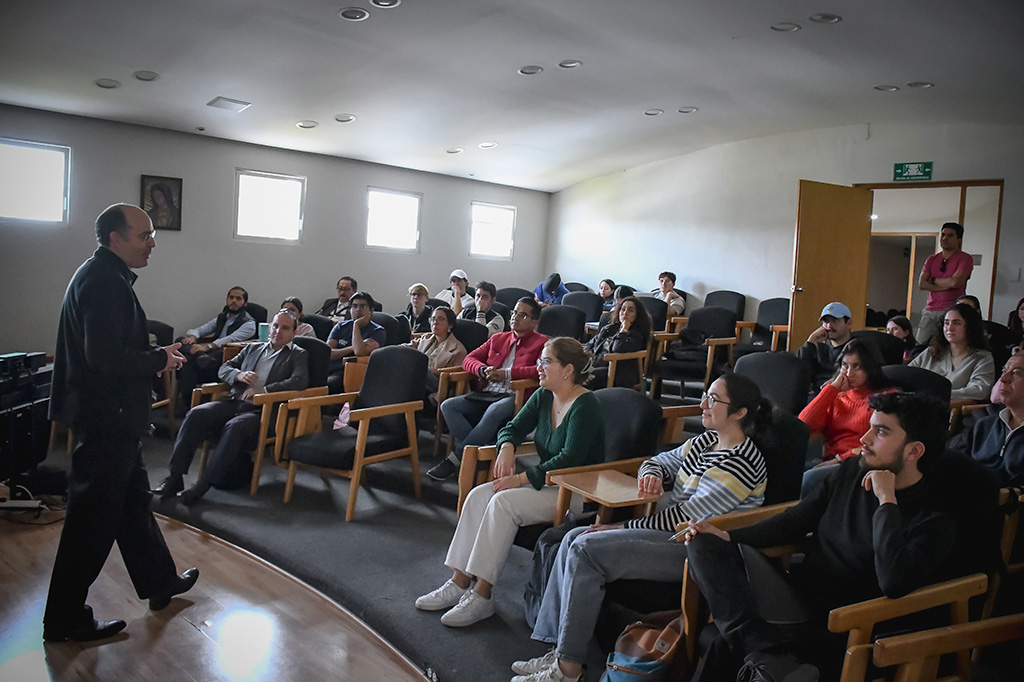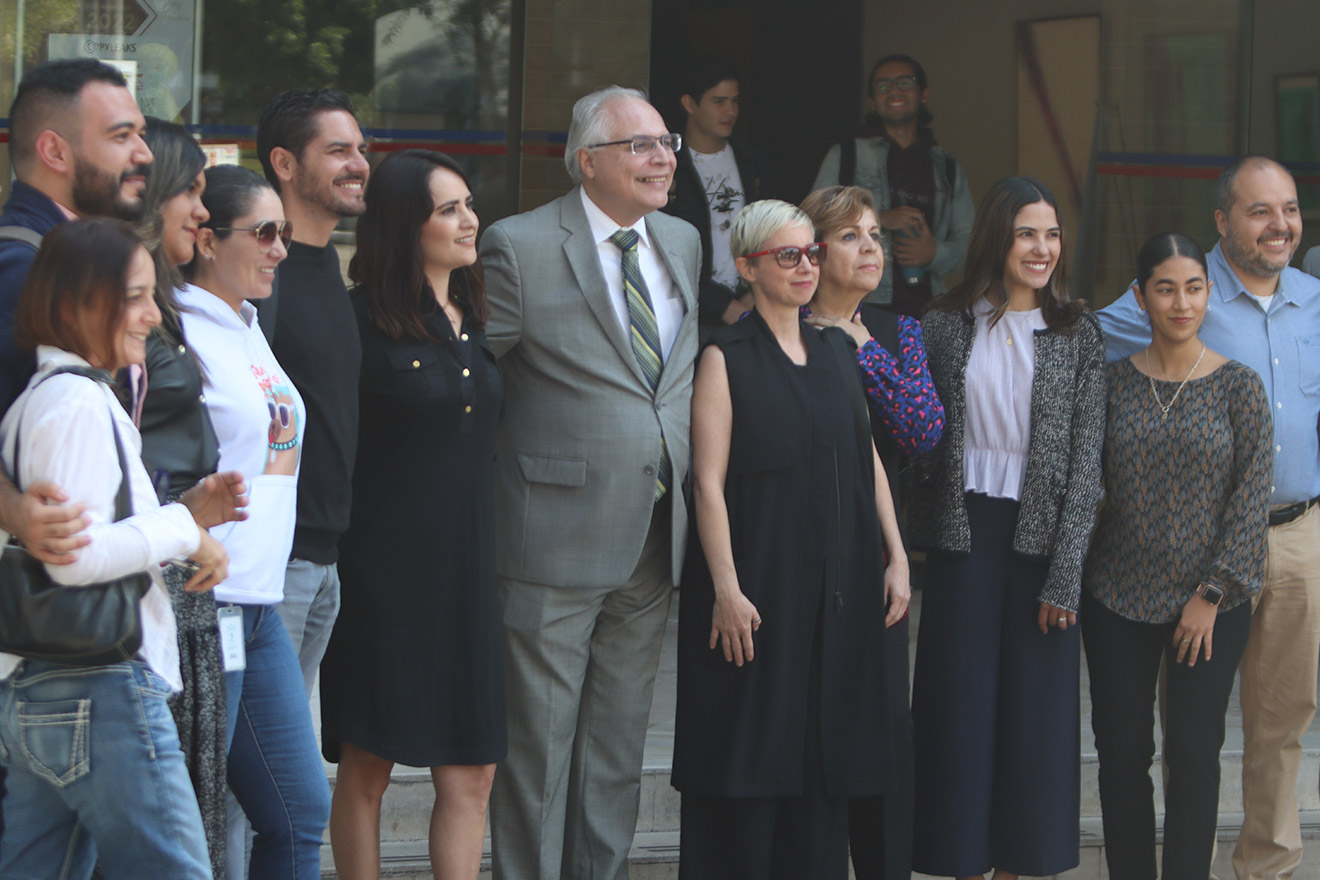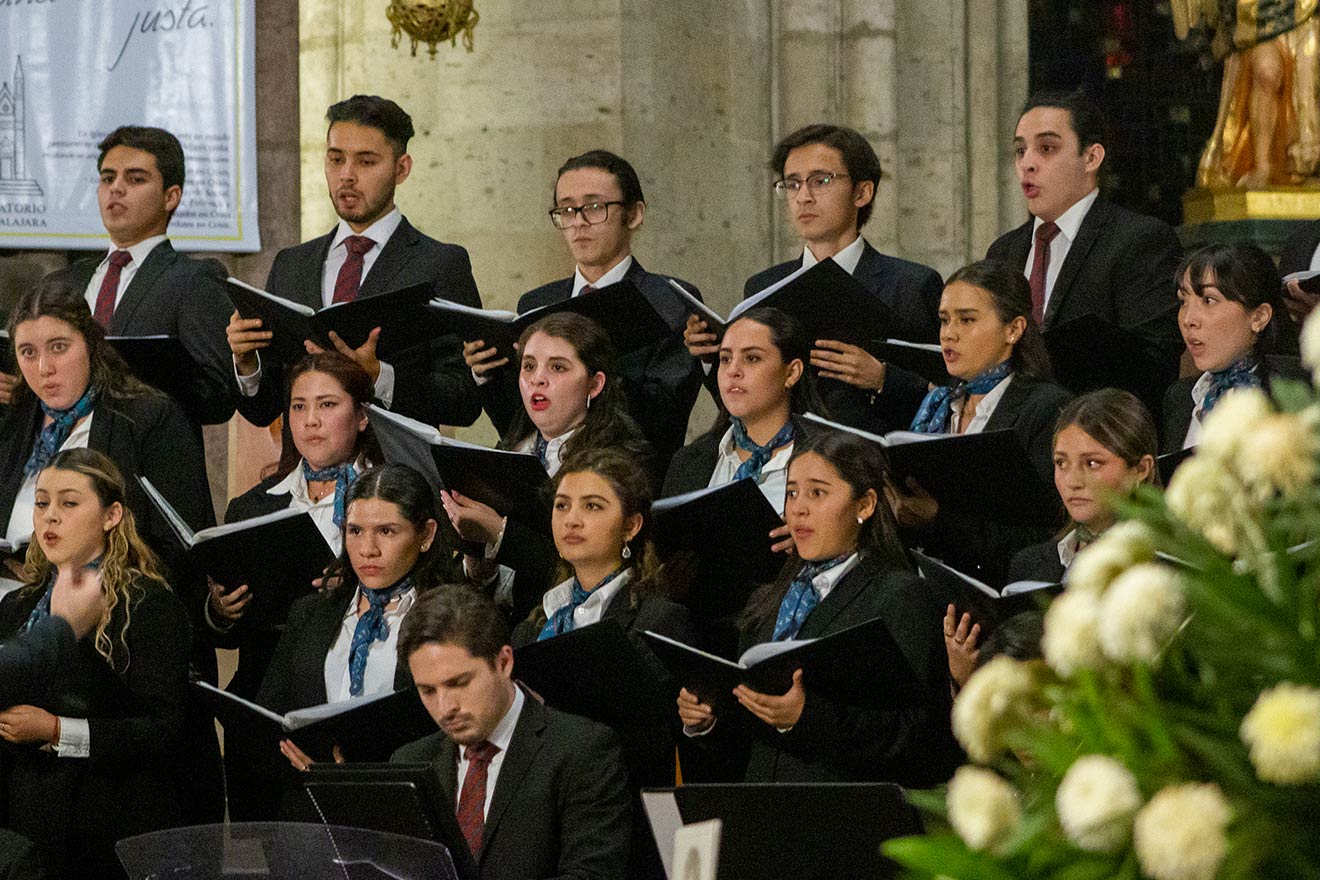Aguascalientes, Ags. January 25, 2024.- In an event directed towards all the participants of the upcoming musical "The Prince of Egypt". "The Prince of Egypt" -organized by the Department of Art and Culture-, Mtro.-organized by the Department of Art and Culture, Mtro. Luis Arturo Méndez Alba, dean of the School of Architecture and Pbro. Luis Felipe Quesada Pérez gave the conference "Cultural context of Egyptians and Hebrews at the time of Moses" , where we highlight the following data.
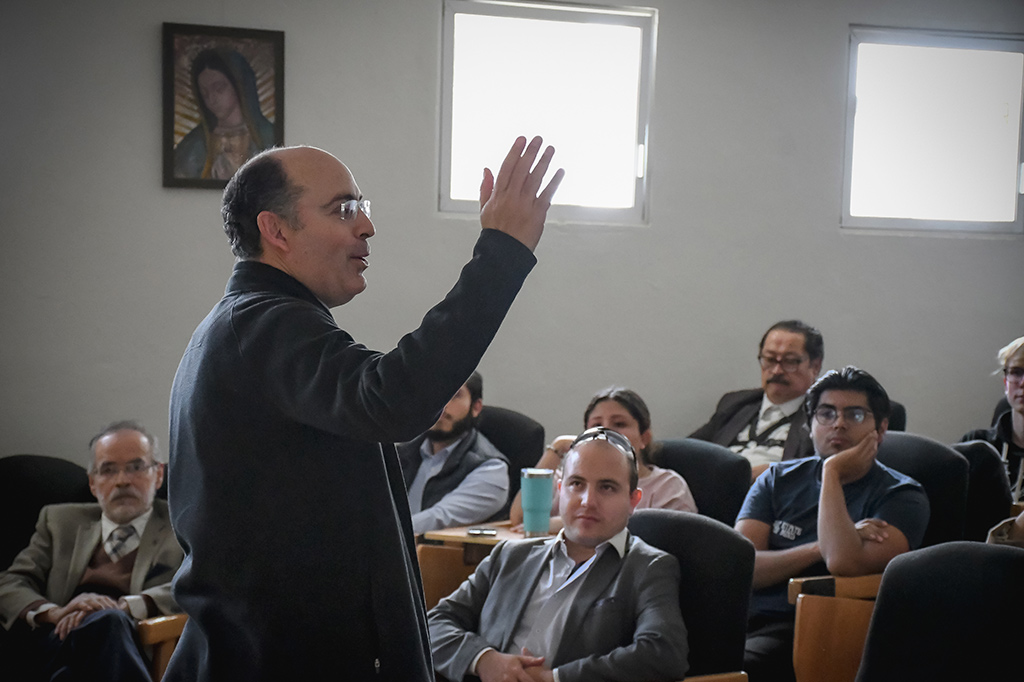
Prince of Egypt
In the 13th century B.C., the life of Moses, the great biblical character protagonist of the Exodus of the Jewish people from Egypt, coincides with the life of the greatest pharaohs: Amenophis III, Nefertiti, Tutankhamun and Ramses II. Already at that stage of history the center of Egyptian culture has moved from Memphis, near what is now Cairo, to Karnak and Luxor, what is now Thebes, a city located further inland in Africa. The life of the Egyptians at that time was already very similar to the daily life we have today, they had accessories and tools like ours, although without the technology we enjoy today.
There were notable trades and professions such as scribes, goldsmiths, farmers and fishermen. An office of great relevance was that of embalmer since the Egyptians guided their life in this world with a projection to the afterlife in which they would have the possibility of reaching a new place equal to Egypt. For that journey after death, the Egyptians prepared themselves with mummification and with all kinds of objects that could serve them on their journey to the judgment of the god Osiris, deity of resurrection.
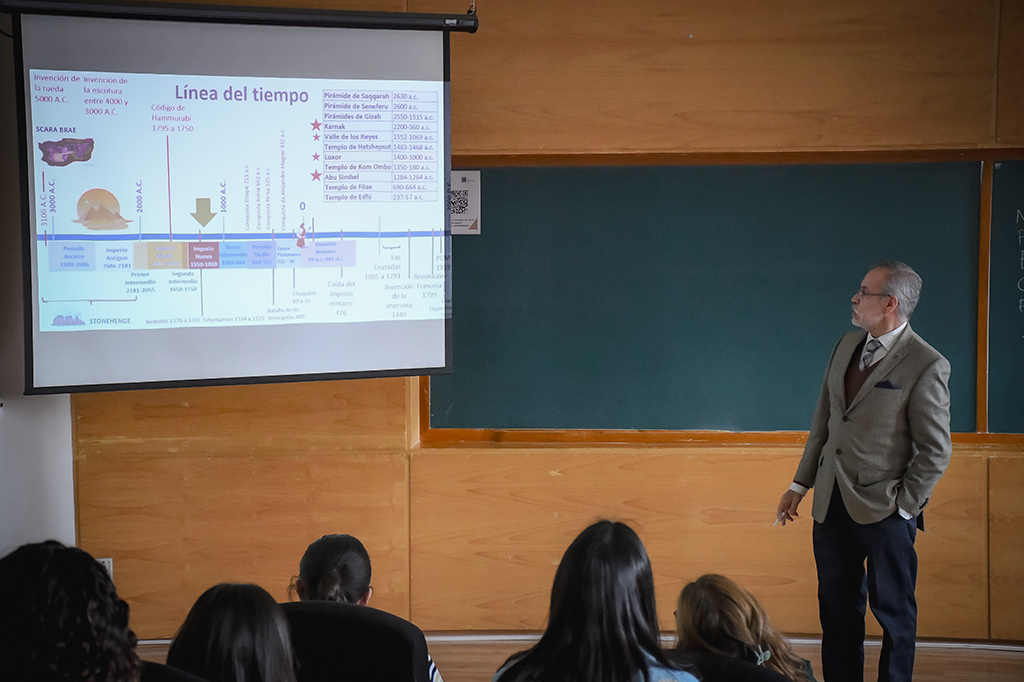
All these beliefs were written in scrolls called the book of the dead, in which all kinds of spells and incantations were presented that served to overcome the judgment of the judges from beyond the grave guided by the god Anubis, at the end of the trial, the heart of the deceased was placed on a scale to compare its weight with that of a feather, if the scale remained in balance, the challenge had been passed and the deceased could enjoy a kind of rebirth in another Egypt in another dimension.
The Egyptian culture was extremely advanced compared to its contemporaries. At the time discussed in the session, around 1300 B.C., the pyramids of Giza were already 1500 years old, practically at the same time that in the British Isles the Stonehenge circle was being built, which although it was a monumental work, it does not compare in complexity with what was achieved by the Egyptians.
